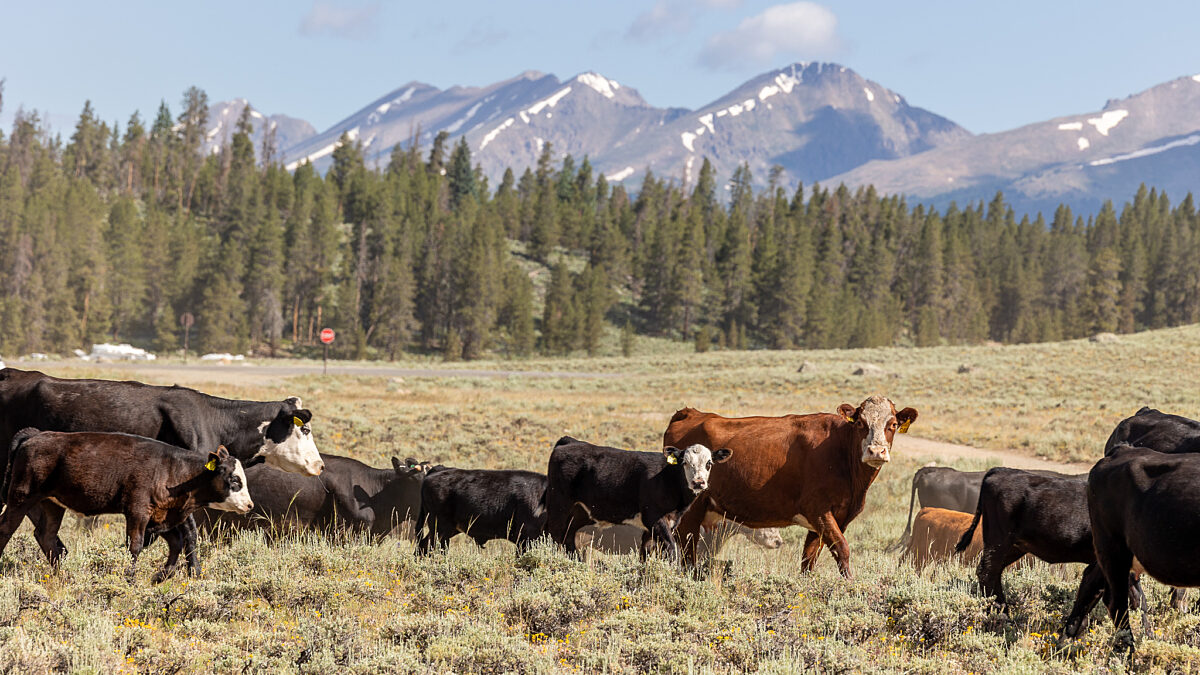Beef Prices Falling Slightly After Record Highs in July
Bernt Nelson
Economist
Chad Smith
Associate News Service Editor, NAFB
As summer winds down, demand for beef typically falls as well. However, lower cattle supply may mean prices will remain elevated for consumers and farmers and ranchers alike. Chad Smith has more on the market outlook.
Smith: As Americans head to their backyard grills to celebrate the end of summer, Bernt Nelson, an economist for the American Farm Bureau Federation, says consumers may see some much-needed slight savings as retail prices decrease from unprecedented highs.
Nelson: Beef prices set records in the month of July. If we take a look at USDA ERS’s estimates for the all-fresh beef value, that all-fresh value for the month of July was $8.15 per pound. This is important because it marks the first time in the history of data collection that the all-fresh average moved above $8. We have a lot of cuts that moved up in price, especially through that July timeframe.
Smith: Nelson says supply of cattle will remain tight for the foreseeable future due to the long-term nature of the cattle production cycle, keeping costs high.
Nelson: So, to get the forces driving this beef, it is mostly the low inventory, and this goes back several years. You know, we've been talking about this since 2020, and as these prices have improved, there's business incentives for farmers to keep selling cattle, and that's kept us contracting or moving along in this contraction phase of the cattle cycle. Now, thinking about this, there's also a lot of obstacles to growth here, and as long as those incentives are greater than the incentive to keep, we're going to keep contracting in this phase.
Smith: He says consumers should remember that even though they may be paying more at the meat counter, that increase doesn’t necessarily make it back to the farmer.
Nelson: A farmer will see about 34 cents of every retail dollar comes back to the farmer with regards to beef production, but we're still not seeing really strong profitability here. That retail dollar does not mean that's what the farmer makes. The packer is really seeing the largest market share in this scenario, and the farmer has the least control out of all ends.
Smith: Chad Smith, Washington.
What We're Saying
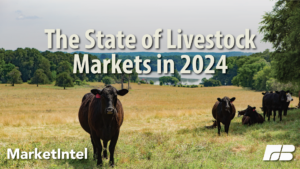
Livestock Market Update for The Second Half of 2024
Aug 1, 2024
READ MORE
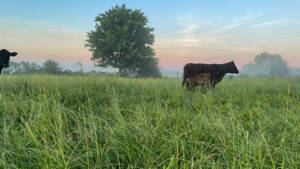
AFBF Appreciates Packers and Stockyards Act Updates
Jun 25, 2024
READ MORE
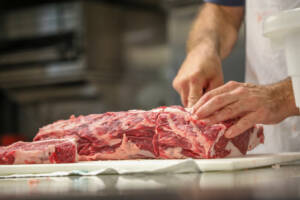
NerdWallet: Beef Prices Sizzle as Summer Grilling Season Arrives
May 30, 2024
READ MORE
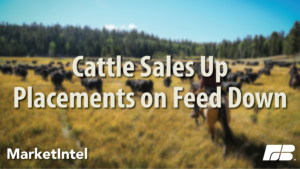
Grills are Heating up Nationwide, and so is Demand for Beef
May 29, 2024
READ MORE
Trending Topics
VIEW ALL